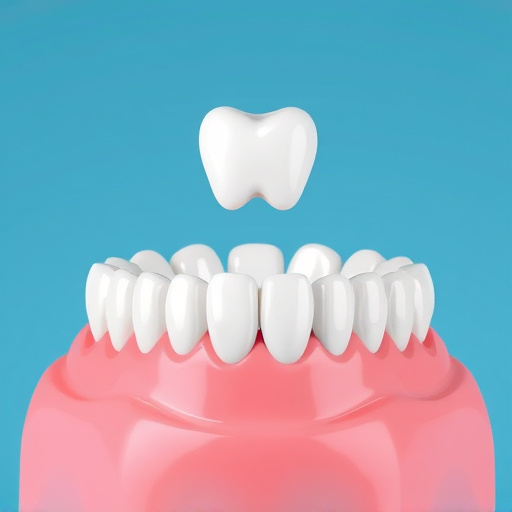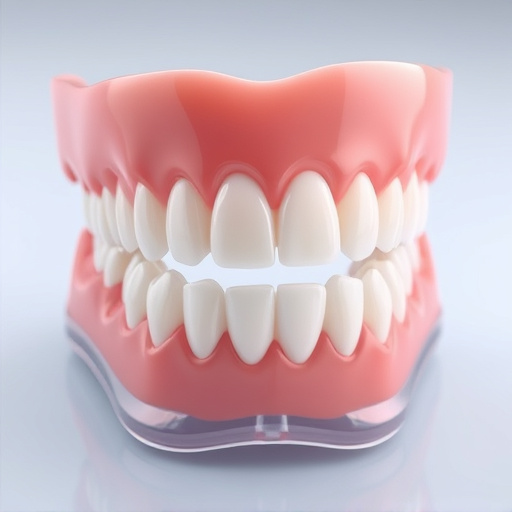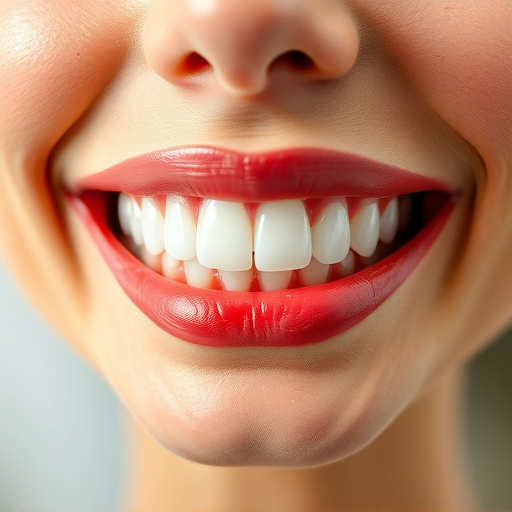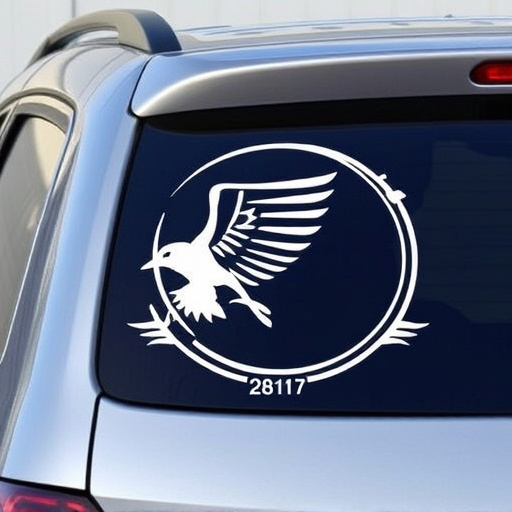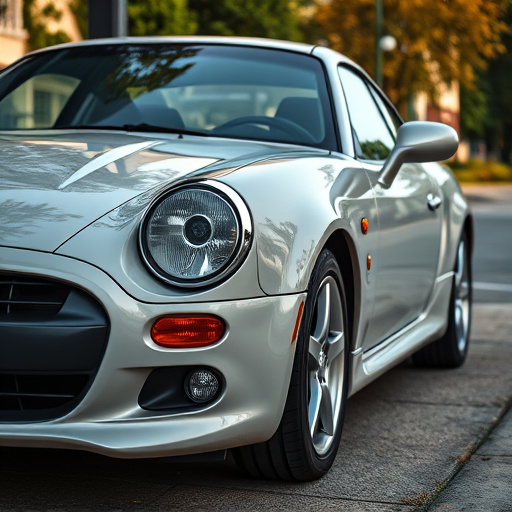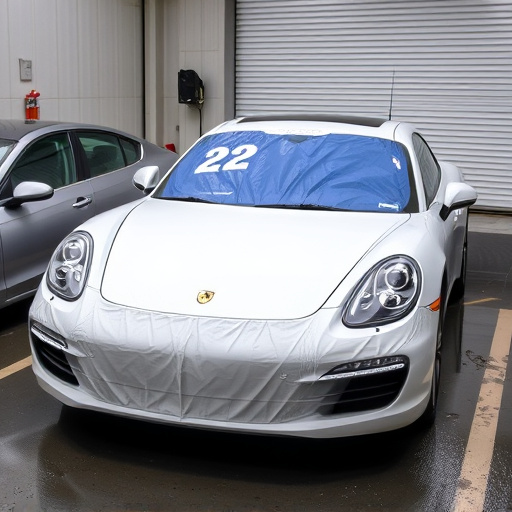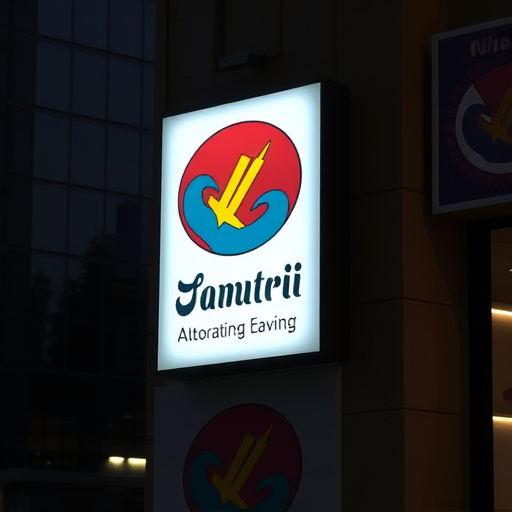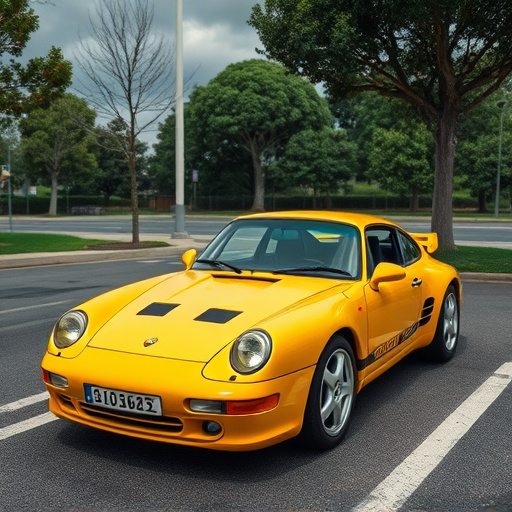Ceramic window tinting is an advanced automotive technology that enhances vehicle aesthetics and performance with its microscopic ceramic coating. It offers UV protection, heat absorption, and chip resistance while maintaining a sleek finish. Legally compliant, this method controls heat gain and IR rays, allowing for custom graphics integration. Regular maintenance ensures durability and prevents fading, protecting the vehicle's value and safety standards.
In the automotive industry, ceramic window tinting has emerged as a game-changer, offering both style and functionality. This article delves into the innovative technology behind ceramic window tints, exploring how they differ from traditional films. We’ll navigate the legal landscape surrounding this modification, ensuring compliance is more than just an option but a guarantee. By understanding the benefits and best practices, car owners can enhance their vehicle’s aesthetics and protection while adhering to regional regulations.
- Understanding Ceramic Window Tint Technology
- Legal Considerations for Automotive Window Tinting
- Ensuring Compliance: Benefits and Best Practices
Understanding Ceramic Window Tint Technology

Ceramic window tinting is an innovative technology that has revolutionized the automotive industry. Unlike traditional tinting methods, this advanced process involves applying a microscopic layer of ceramic particles to the glass. This ceramic coating not only enhances the aesthetic appeal by providing a subtle, glossy finish but also offers exceptional performance benefits. The tiny ceramic particles are bonded to the window’s surface, creating a durable barrier that blocks harmful UV rays and reduces heat absorption.
This cutting-edge technology is known for its long-lasting effects and ease of maintenance. Unlike some other tinting options, ceramic coatings don’t peel or chip over time, ensuring your vehicle looks as good as new. Moreover, it complements custom vehicle wraps, allowing for a seamless blend of style and protection. With legal compliance guaranteed, ceramic window tinting is the perfect choice for those seeking both functionality and fashion in their automotive upgrades.
Legal Considerations for Automotive Window Tinting
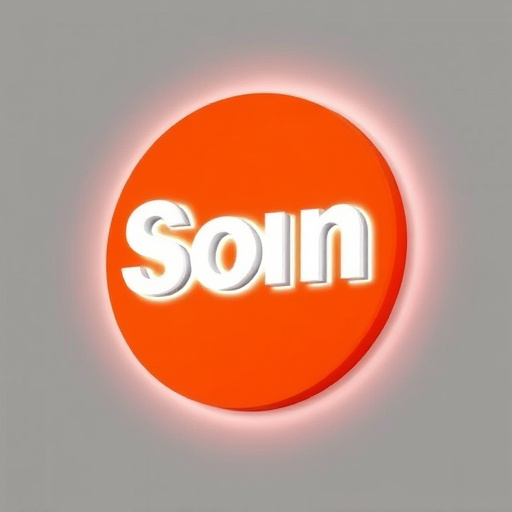
When it comes to automotive window tinting, understanding legal considerations is paramount, especially with the varying regulations across regions. The primary concern revolves around visible light transmission (VLT) and infrared (IR) ray restrictions. Many areas mandate specific VLT levels for rear and side windows, ensuring drivers’ visibility doesn’t significantly diminish. For example, some jurisdictions require a minimum VLT of 70% for side and rear windows, while others have more stringent standards. Non-compliance can result in fines or the need to rectify the tinting job.
Ceramic window tinting, known for its advanced technology, offers an appealing solution due to its ability to control heat gain and IR rays effectively. This method uses ceramic particles in the tint film, enhancing durability and UV protection. Moreover, custom graphics can be integrated seamlessly with precise cutting techniques, allowing vehicle owners to express their style while adhering to legal limits. Additionally, services that offer paint correction as part of their package ensure a seamless blend between tinted windows and existing car finishes, maintaining both aesthetics and legality.
Ensuring Compliance: Benefits and Best Practices
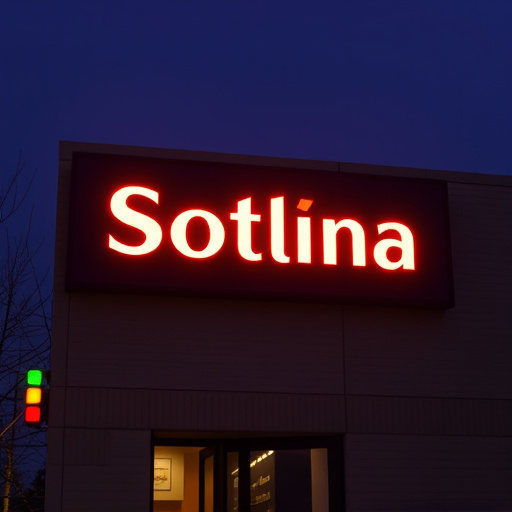
Ensuring compliance with legal requirements for window tinting is not just a matter of avoiding fines; it’s crucial for safety and the long-term protection of your vehicle. Ceramic window tint, known for its advanced technology and durability, offers significant advantages in this regard. It blocks harmful UV rays, reducing the risk of sun damage to both interior and occupants, while maintaining a professional and sleek appearance.
Best practices for compliance involve choosing reputable suppliers who offer ceramic window tint films designed for specific vehicle models. Proper installation by certified professionals is essential to ensure even application and prevent bubbles or streaks. Regular maintenance, including cleaning with protective coatings designed for automotive detailing, will safeguard your tinted windows against fading or loss of effectiveness over time. Custom vehicle wraps, while enhancing aesthetics, should also adhere to legal tinting limits to maintain safety standards.
Automotive window tinting, particularly using advanced ceramic technology, offers both aesthetic and functional benefits. However, navigating legal requirements can be a challenge. By understanding the intricacies of ceramic window tint and adhering to compliance best practices, vehicle owners can enjoy enhanced privacy, UV protection, and improved style without running afoul of regulations. Remember, staying informed about local laws and choosing reputable installers are key to ensuring your automotive window tint complies with legal standards.
